Advancements in Mobile Technology
Technological advancements in mobile devices are significantly influencing the Mobile Geofencing Market. The proliferation of smartphones equipped with GPS and advanced sensors enables precise location tracking, which is essential for effective geofencing applications. As of 2025, it is estimated that over 80% of the population owns a smartphone, providing a vast user base for geofencing services. This widespread adoption of mobile technology facilitates the integration of geofencing into various sectors, including retail, hospitality, and transportation. The Mobile Geofencing Market is poised for growth as businesses increasingly adopt these technologies to enhance customer experiences and operational efficiency.
Increased Focus on Customer Engagement
In the Mobile Geofencing Market, there is a growing emphasis on enhancing customer engagement through innovative marketing techniques. Businesses are increasingly utilizing geofencing to create interactive experiences that resonate with consumers. By offering location-specific promotions and rewards, companies can foster a deeper connection with their audience. This approach not only drives immediate sales but also cultivates long-term customer relationships. As organizations strive to differentiate themselves in a competitive landscape, the Mobile Geofencing Market is expected to thrive, driven by the need for effective customer engagement strategies.
Growth of E-commerce and Retail Sectors
The Mobile Geofencing Market is benefiting from the rapid growth of e-commerce and retail sectors. As online shopping continues to gain traction, retailers are utilizing geofencing to bridge the gap between online and offline shopping experiences. By sending location-based notifications to consumers when they are near physical stores, businesses can drive foot traffic and increase sales. Recent data suggests that retailers employing geofencing strategies have seen a 20% increase in-store visits. This trend indicates that the Mobile Geofencing Market will likely expand as more retailers recognize the value of integrating geofencing into their marketing strategies.
Rising Demand for Personalized Marketing
The Mobile Geofencing Market is experiencing a notable surge in demand for personalized marketing strategies. Businesses are increasingly leveraging geofencing technology to deliver tailored advertisements and promotions to consumers based on their real-time location. This trend is supported by data indicating that location-based marketing can enhance customer engagement by up to 50%. As companies seek to improve their return on investment, the ability to target consumers with relevant offers at the right moment becomes crucial. Consequently, the Mobile Geofencing Market is likely to expand as more businesses recognize the potential of personalized marketing to drive sales and foster customer loyalty.
Regulatory Support for Location-Based Services
The Mobile Geofencing Market is likely to benefit from regulatory support for location-based services. Governments are recognizing the potential of geolocation technologies to enhance public safety, improve urban planning, and support economic growth. As regulations evolve to facilitate the use of geofencing in various applications, businesses will find it easier to implement these technologies. This supportive regulatory environment may encourage investment in the Mobile Geofencing Market, as companies seek to leverage geofencing for innovative solutions that align with governmental objectives.


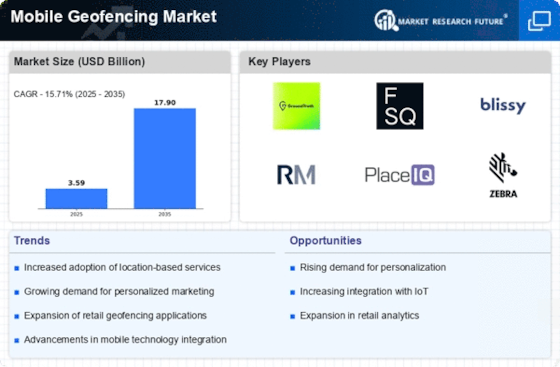

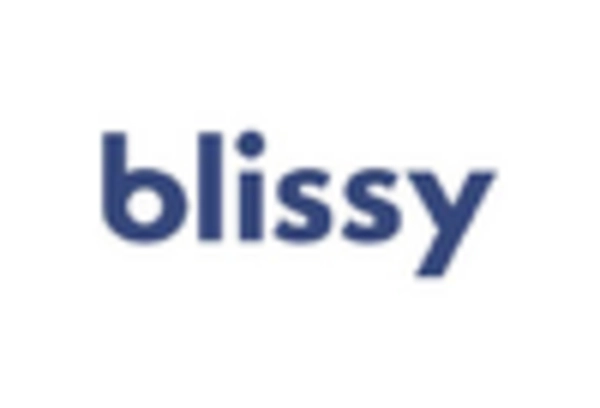

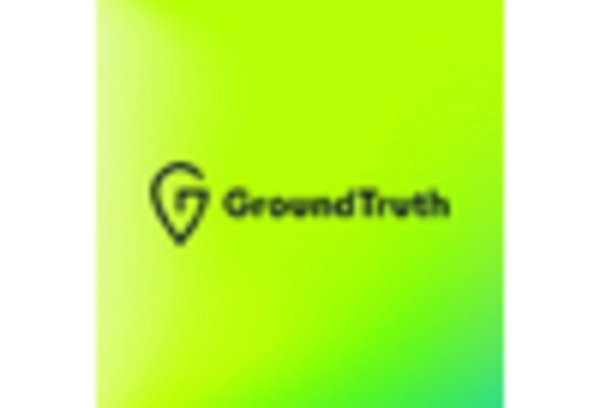
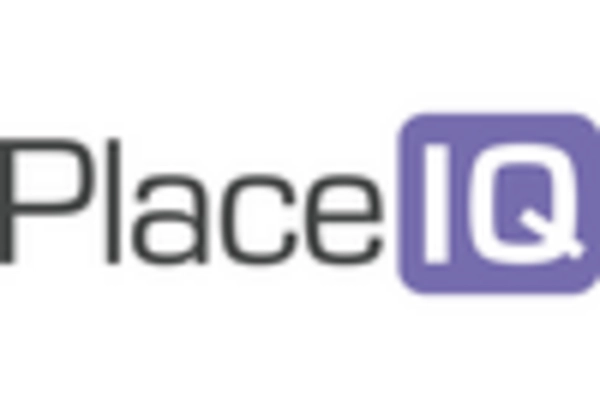
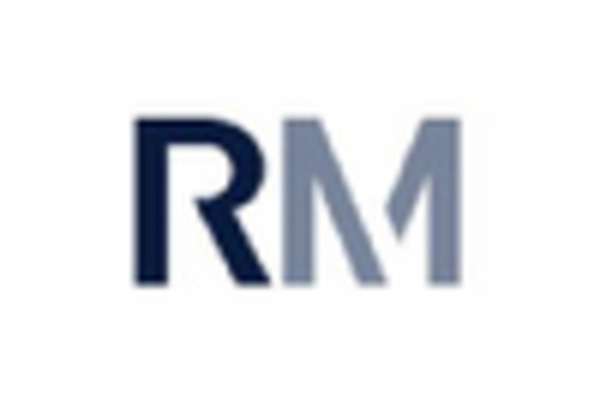









Leave a Comment